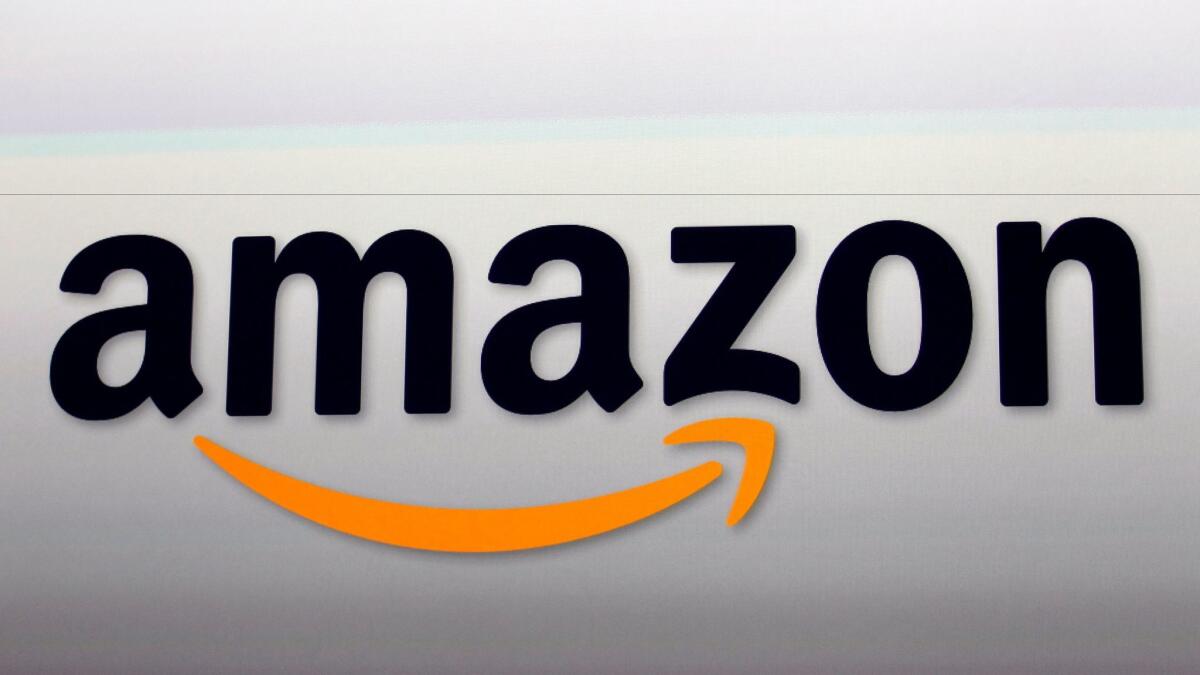Don’t trust the list prices on Amazon, Consumer Watchdog says

After a barrage of lawsuits directed at the online shopping industry, it appeared Amazon Inc. was quietly phasing out list pricing, a controversial practice accused of deceptively inflating how much consumers save through the e-commerce giant.
But a study commissioned by Consumer Watchdog finds that the pricing system remains widely used, affecting more than a quarter of the 4,000 products examined by the advocacy group on Amazon.com.
List prices are a familiar sight to most online shoppers: crossed-out price tags displayed alongside the current, cheaper cost. The larger the difference between the two, the more likely consumers will be drawn to buying the item.
The problem is that few know how Amazon determines the list price, which critics say could be arbitrarily inflated to create the appearance of a steeper discount. The company says on its website that “list price means the suggested retail price of a product as provided by a manufacturer, supplier or seller.”
In a statement, Amazon called the Consumer Watchdog report misleading.
“Manufacturers, vendors and sellers provide list prices, but our customers care about how the price they are paying compares to other retailers,” the company said. “We validate list prices against actual prices recently found across Amazon and other retailers, and we eliminate List Price when we believe it isn’t relevant to our customers.”
The company said it has also introduced a “was” price using recent price history of the product on Amazon. That provides customers with “an alternative reference price when we don’t display List Price,” the statement said.
In its study, Consumer Watchdog said it found at least half the list prices examined were greater than the prevailing market price.
“There’s no real transparency about what the heck they’re doing,” said John M. Simpson, privacy project director for Consumer Watchdog, which filed a petition Monday calling on California Atty. Gen. Xavier Becerra to investigate Amazon. “At a minimum, there needs to be some clear understanding about how they’re coming up with these purported list prices.”
The practice has garnered widespread attention in recent years after a number of lawsuits against retailers.
In 2014, Amazon rival Overstock was fined $6.8 million by a California judge for misstating its sale prices. That same year, a still-pending class action suit was launched in California against Amazon over its list prices.
More recently, Amazon was fined about $750,000 in January by Canada’s Competition Bureau for misleading savings claims. Amazon voluntarily changed its pricing practice in Canada prior to the bureau’s fine.
Bricks-and-mortar stores have also been accused of misleading pricing practices. In December, the Los Angeles city attorney’s office sued JC Penney, Sears, Kohl’s and Macy’s, accusing them of falsely advertising lofty discounts.
“Unfortunately, this sales tactic or fictitious pricing actually works and retailers know that,” said Bonnie Patten, executive director of Truth in Advertising, a consumer advocacy group unaffiliated with the Consumer Watchdog study. “It’s not just Amazon.”
All retailers are required under state and federal law to display reference prices that reflect how much an item is generally sold for. This can be determined a number of ways, including looking at the average prices for any particular item, the median price or even the most commonly used price in order to build a comparison.
Not knowing precisely how Amazon comes up with its numbers, Consumer Watchdog compared the 4,000 products in its study with competitors’ prices to determine if they reflect the average, median or most common prices on the market. What it found was that none of these measures was likely a determining factor.
It couldn’t have been average because 71% of the products picked for the study had more expensive list prices than competitors’ sale prices. It couldn’t have been median either after the group found 74% of the items were listed at a greater cost than the median prices offered by competitors. Lastly, it was unlikely Amazon used the most common prices since more than half the products in the study were listed at a higher cost compared with those at competitors.
Amazon’s list prices “were an entirely bogus notional price that created the false impression that customers were getting a deal when they were not,” Simpson wrote in his petition to the state attorney general.
In its study, Consumer Watchdog provided several examples of what it believed were misleadingly priced products. Among them, a Chicago Pneumatic brand power drill going for $182.99, an apparent steep discount from its list price of $305. However, the same tool could be found for the same price at Jet.com. Walmart and Zoro.com, a building supply site, sold the drill for $189.99.
In another example, Amazon was selling an Acer 12-inch laptop with a crossed-out list price of $799. Acer, however, sells the same device on its website for $749.99.
Follow me @dhpierson on Twitter
ALSO
Uber’s president resigns, adding to the company’s turmoil
Tesla to drop cheapest Model S, the 60 and 60D, from lineup
UPDATES:
7:50 p.m.: This story was updated with a statement from Amazon.
This article was first published at 11:40 a.m.







